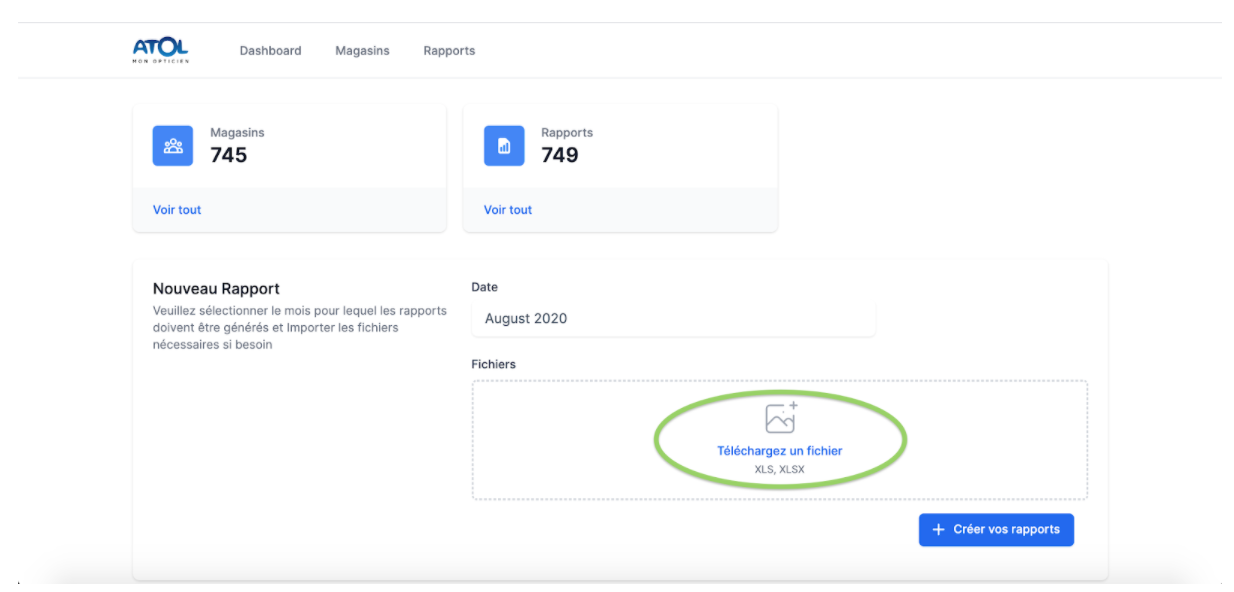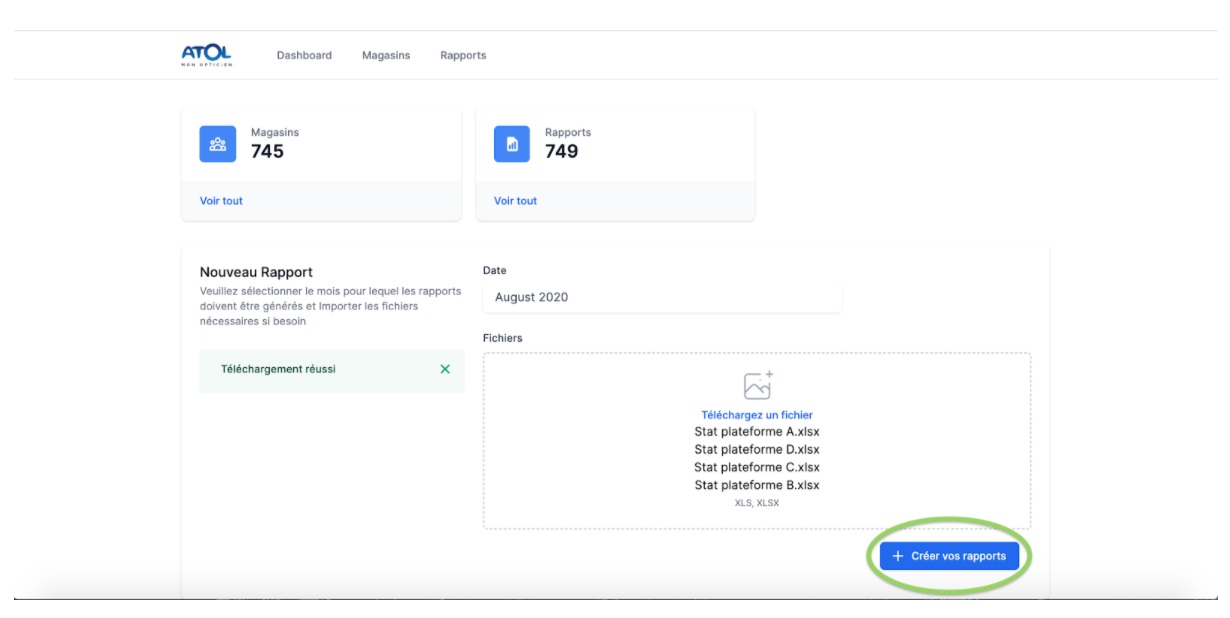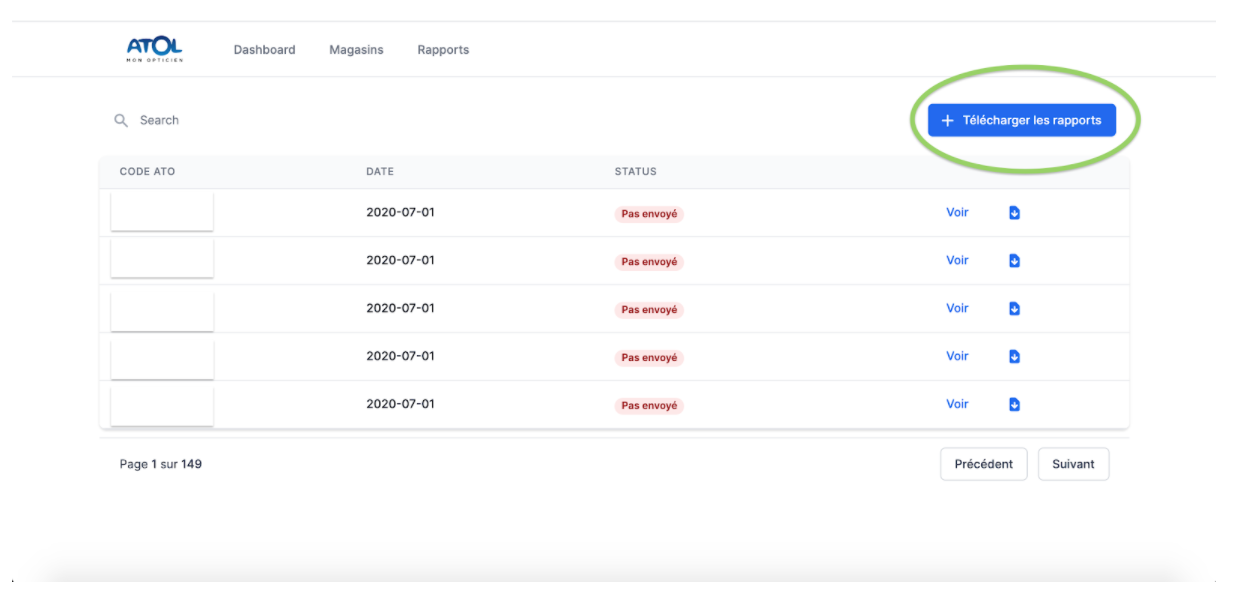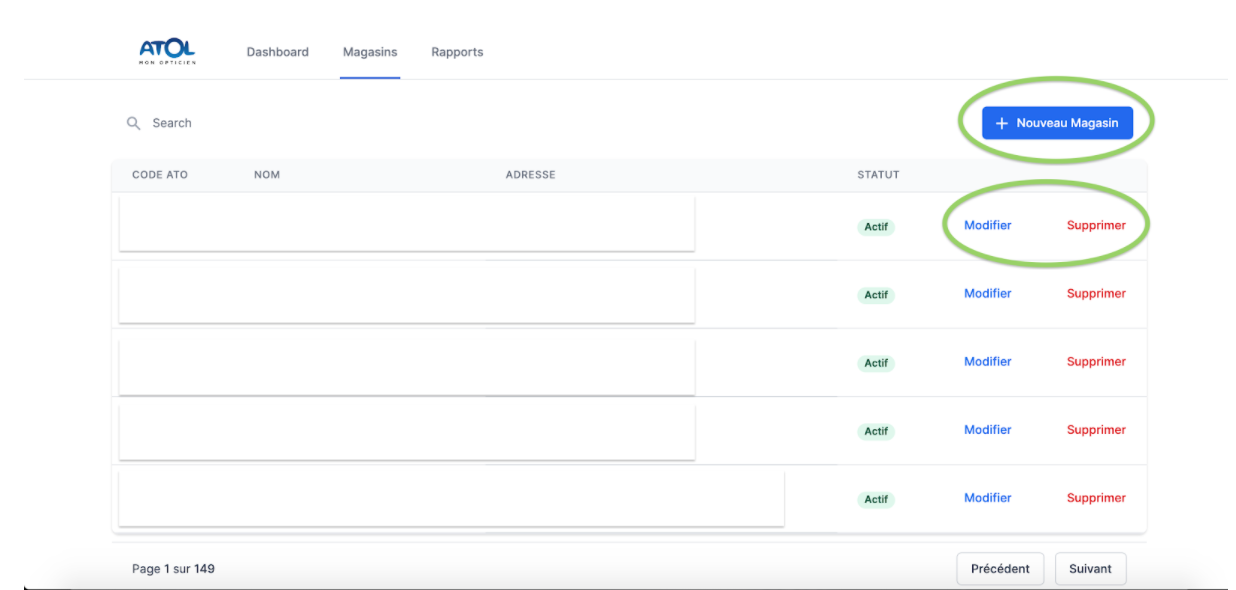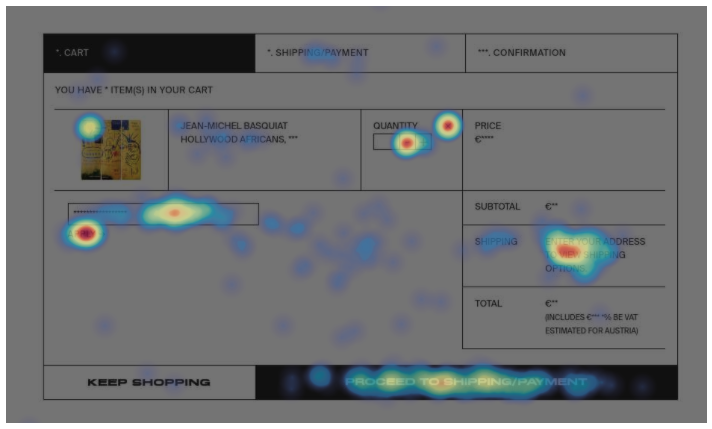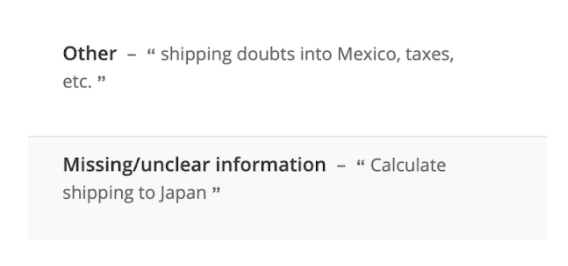At Semetis, we have done plenty of SEO Audits over the years. These audits have been state-of-the-art, extensive and important. However, SEO becomes exciting and truly impactful when the audit and the strategy are brought to life.
Generally, an audit and a strategy result in concrete recommendations. These recommendations need to be implemented. This implementation has always been more challenging.
Although you might have mastered the skill of creating an SEO strategy and conducting an SEO audit, the true key to success lies in what comes after: implementation consulting.
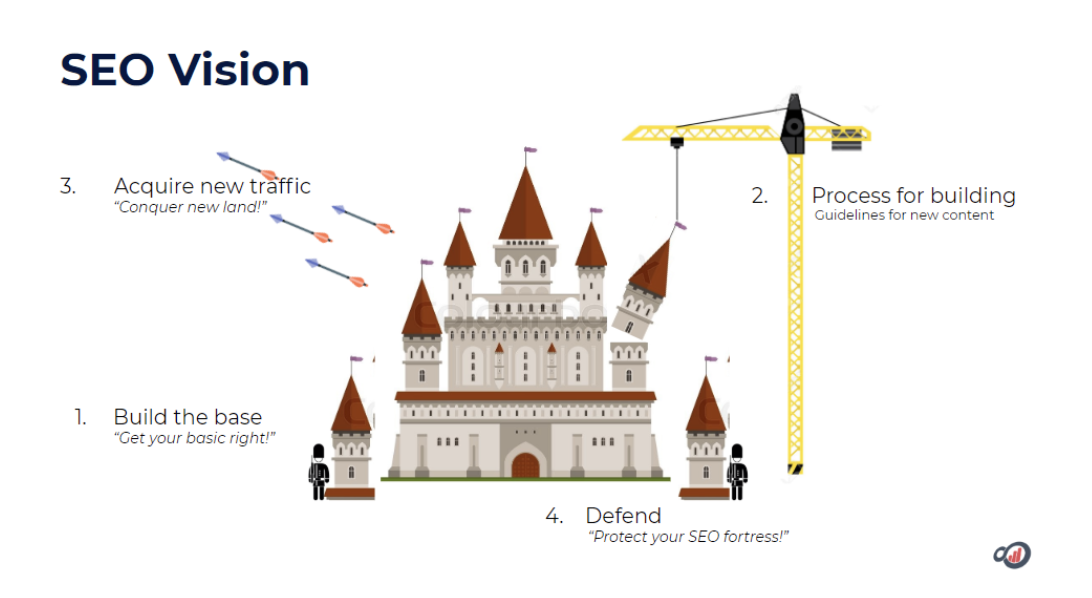
In this article, we are sharing a successful SEO case.
As mentioned before, the key to success has been our involvement in every single step of the way. This implied being in sync with SEO marketeers, content-creators, web developers and others.
We were in the driver's seat for the SEO Audit, Strategy AND Implementation. This case proves the undeniable added value of managing the full scope in terms of SEO.
Results
Over a period of 6 months, we doubled the volume of organic traffic to our clients’ website:

We have been able to bring most of your target keywords to top positions in Google’s Organic Search Results.
Over this period, the query in the example below went from position 12.2 to 1.8.
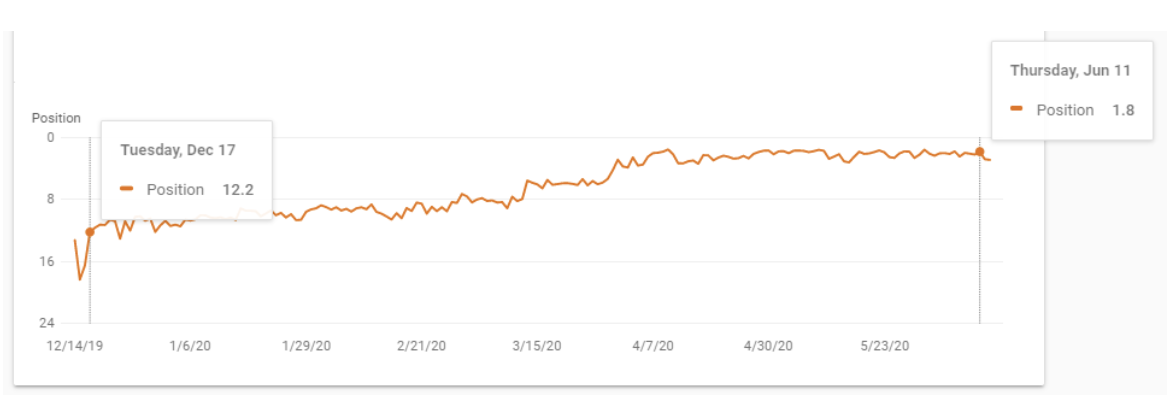
We are ranking in the top 5 for most of the queries ranked on click volume (non-brand).
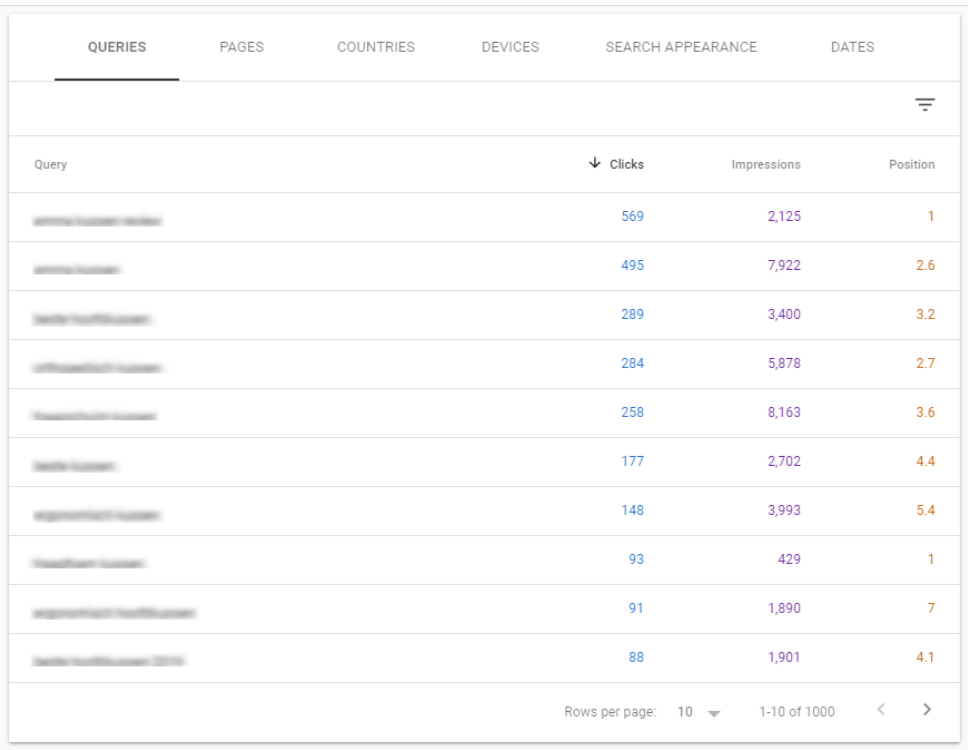
We are ranking in the top 10 for most of the queries ranked on impression volume (non-brand).
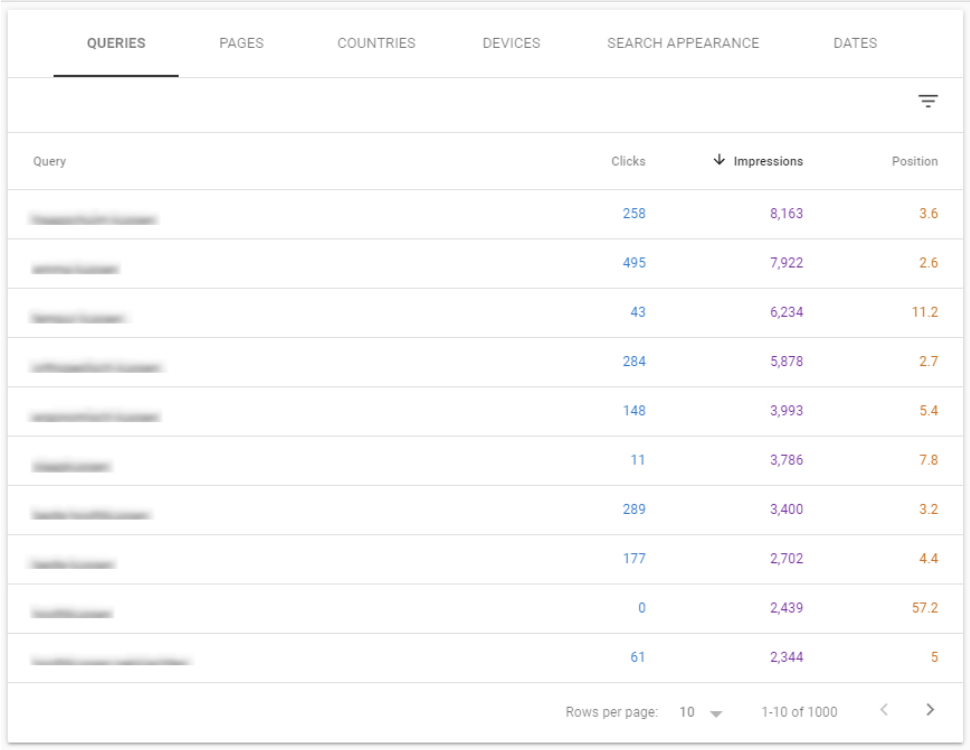
Methodology
We have shared with you the results.
Now it is time to share the methodology.
As mentioned above, the difference lies in the implementation consulting. So let’s focus on that while going over the methodology. How has this case been different from others?
The Methodology
- The SEO Audit - You already guessed it
- The strategy
- The keyword research
- The context creation
- Getting discovered
- Monitoring and steering the ship
The SEO Audit
We are not going to go into much detail on the audit part. We have mastered SEO auditing over the years. It encompasses everything from basic on-page best practices implementation to advanced technical SEO recommendations.
The Strategy
This part is important. Not all businesses can use the same angle to approach their SEO Strategy.
In this case, we went for a blog format but with a transparent selling intent.
Not your typical blog in which you discuss the opening of a new store, hiring a new employee or the latest team building you did. Not a newsletter type of blog.
An educational blog, with a selling intent.
We REACH relevant users by focussing on high-volume queries.
We drive CONSIDERATION by creating relevant and engaging content.
And finally, we CONVERT by presenting and positioning our offering.
For example:
- ‘We know you are looking for X (a very popular product), but have you considered Y (your product).‘
- ‘How to choose the best ... ‘
Giving truthful information, but steering the reader towards your offering.
The keyword research
The keyword research is probably one of the most important steps.
We defined our target queries based on:
- Search Volume
- Business Impact
- Competition
You might want to rank for everything, but you have to ask yourself the question: For which query could our website be an authority? For which query can we really bring a valuable story? Nevertheless, generally you can be ambitious.
We specifically chose to limit our focus to 10 top queries. 10 queries which scored highest in our formula search volume x business impact x competition. Knowing that the implementation part is most challenging, we advise to have this strong focus.
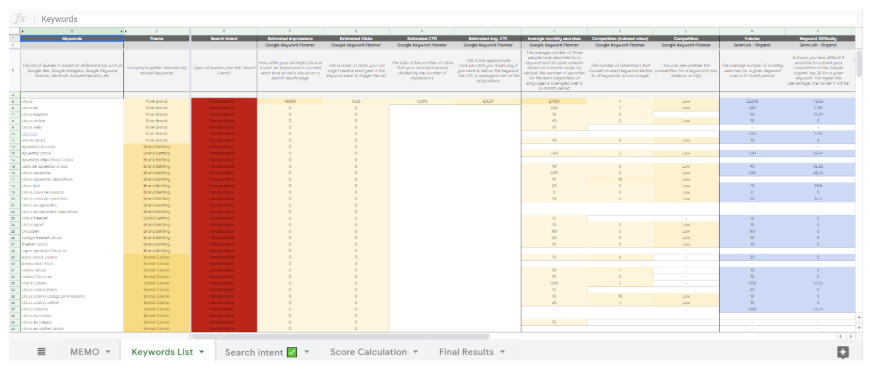
Based on data from Google Search Ads, Google Search Console and the Google Keyword Planner, we identified our 10 target keywords.
The content creation
For the content creation, we went beyond what we usually do. Semetis is not a content writing agency. Nevertheless, we do have extensive experience of what needs to be done to create successful SEO content.
The tricky part of the content creation is that you need excellent content writers who are passionate and knowledgeable. This is challenging as content writing is often outsourced to freelancers which have zero affinity with your company and its offerings.
On the other hand, you might have in-house content writers but they often are ‘artists’ with a passion for writing. They don’t like to be ‘forced’ to write about what would work good for SEO. They are creative, and therefore they are free.
In this case, we did look for the writers within the client internally. It was a great success. Not only do these people know their company best, they often also know what is important for the website visitor. They know their stuff, but do they know their writing?
For this they did get help from an internal content writer, but really in a more supportive role if assistance was needed.
So what did we do?
Well, content was created around the targeted keywords. We provided the content writers a set of questions and topics on which they needed to write 1 web page.
1 target keyword = 1 web page
Highly related keywords were absorbed in the 1 target keywords web page.
As an example:
Our target keyword was ‘trampoline’.
We asked the content writer to make sure to cover the following:
- What is a trampoline,
- Different types of trampoline,
- How to choose a trampoline,
- What to take into account when buying a trampoline,
- The best trampoline,
- ...
The scope of this article was defined by our research.
When you are an SEO Marketeer, you will often read: CONTENT IS KING. It is true.
Consider that every time a user is searching on Google a competition starts.
Google wants to show the best piece of content to that specific user’s specific query.
If you are not ranking high, Google believes that your content doesn’t cut it. OR they haven’t found out yet what could be the value of your content. Either way, your content needs to be better than that of competitors.
We guided the client through this content creation phase. The first results have been amazing but even today, we are making suggestions to optimize the content for these top queries.
Getting discovered
We focussed on two elements in this phase: link building and on-page SEO.
Link building. While usually we provide the client with best practices on how to approach link building, we went a step further in this case. We were actively involved in identifying relevant external linking opportunities.
Actively being involved in link building is time-consuming but still valuable. Especially in the beginning, it can significantly accelerate your SEO performance.
Besides scanning the links of competitors, we also identified new linking opportunities. All the links that we set-up were coming for domains with a +40 DA (domain authority) and their domain topic was relevant for the web page we were linking to. All other best practices for link building were also taken into account.
On-page SEO. As an extension of the content creation, we reviewed the web pages before publication. On top of providing best practices on how to make sure their page is ‘seo-friendly’ and moved to consulting them on this important topic.
Monitoring results and steering the ship
We monitor the results multiple times per week. The most important metrics to monitor change over time. Especially in the beginning CTR is very important. We experimented with different kinds of headlines and descriptions to trigger the best CTR. Including numbers and symbols worked well for us. You need your search result to stand out for it to be clicked on. Only when it is clicked on and users start interacting with the page, Google can properly assess the quality of your page.
Thereafter, metrics such as bounce rate, time on site and dwell time become increasingly important. Pages with an above average bounce rate were re-evaluated, reworked and reviewed.
Time on site and dwell time are also important metrics to take into account. Dwell time refers to the time a user spends on your website before going back to the search results page to find another (better) solution/answer for his query. Obviously, if a user just spends a few seconds on your website before looking for another search result this indicates to Google that your page does not answer that specific query.
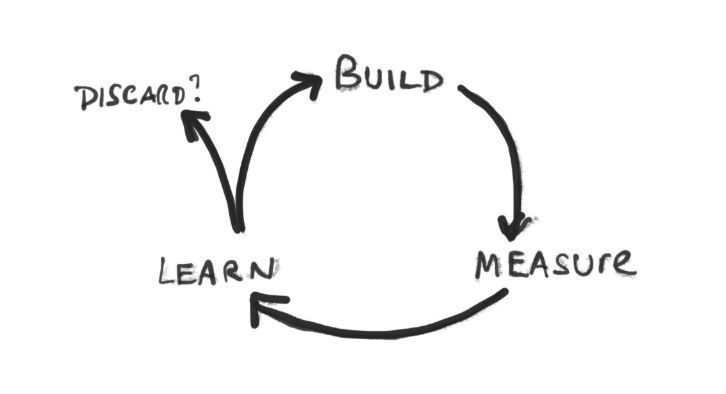
The speed at which we could make changes to these pages was amazing. It is an important element for success. SEO is continuously experimenting and monitoring the impact and adapting. You need to be able to modify these pages directly.
In Summary
What do you need for success?
- A clear SEO Strategy
- Selective keyword research
- Passionate & knowledgeable content writers
- Easy access to modify website content
- An agency that can guide you from strategy to implementation.
The most challenging part of SEO is the implementation. Semetis proves that implementation consulting is key to SEO success.
Yes, SEO efforts take a long(er) time before they show results.
However, we are planting the seed today to harvest in the future.
{snippet oliviermannekens-en}

